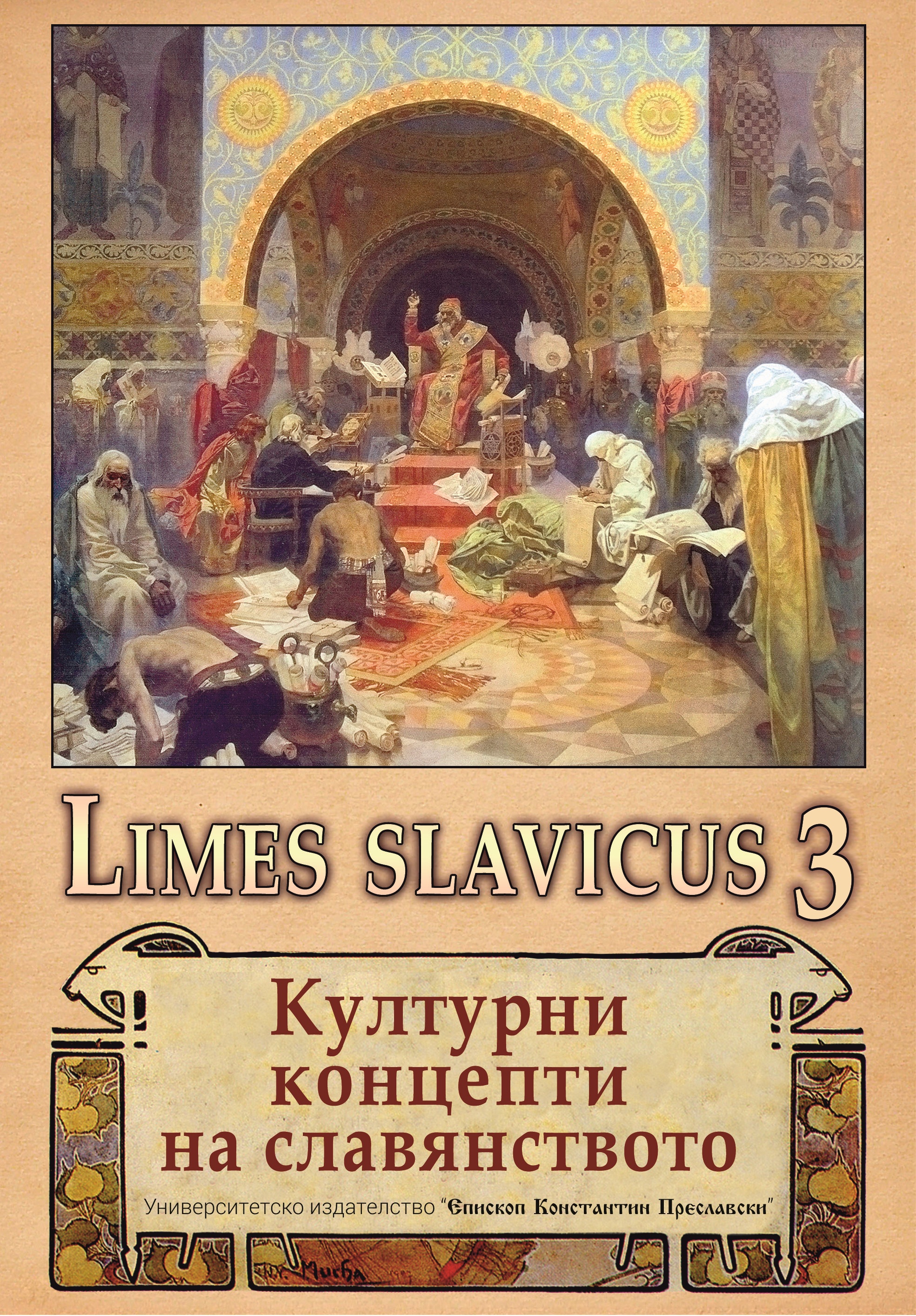Славянские глаголы подводного перемещения: параллели и расхождения
Slavic verbs of underwater motion: parallels and divergences
Author(s): Kaname OkanoSubject(s): Language studies, Language and Literature Studies, Western Slavic Languages, Eastern Slavic Languages, South Slavic Languages
Published by: Шуменски университет »Епископ Константин Преславски«
Keywords: semantics; etymology; lexicology; verbs of underwater motion; Slavic languages
Summary/Abstract: This paper examines the semantics and etymology of Slavic verbs with the meaning of underwater motion such as diving, immersing, sinking and drowning. The contemporary Slavic languages possess a certain number of verbal lexes describing underwater motion which are inherited from the oldest stratum of the Common Slavic and Indo-European lexicon (e.g. *nerti, *grǫziti, *roniti, *topiti, *daviti). Their semantics and distribution, however, differ partially or sometimes even totally in every contemporary Slavic language due to their own historical development and semantic changes. The main purposes of this paper are to demonstrate initial parallels and divergences in the semantics of the underwater motion verbs in the contemporary Slavic languages including some literary microlanguages such as Upper and Lower Sorbian and Vojvodina Ruthenian, and to shed the light on the patterns of their semantic changes. Great attention will be paid not only to the etymology of the verbs in question, but also to their semantic behavior and function in each lexical system.
Journal: Limes Slavicus
- Issue Year: 2018
- Issue No: 3
- Page Range: 47-61
- Page Count: 15
- Language: Russian

